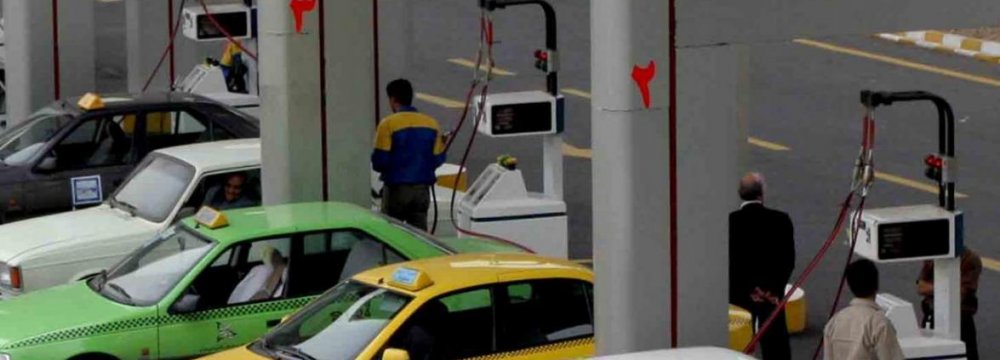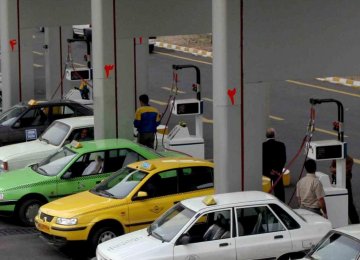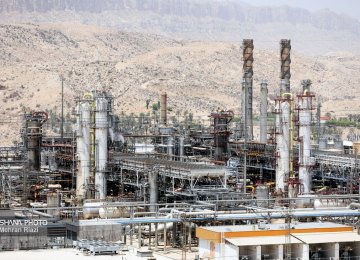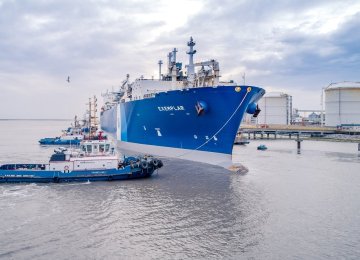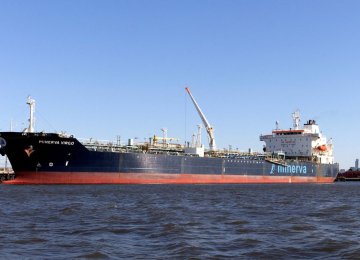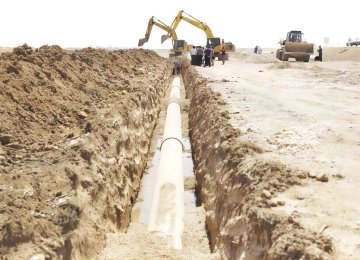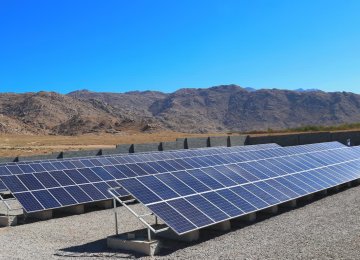The ratio of gas stations to the number of vehicles in Iran is nine times lower than global average, head of the energy commission at the Parliament's Research Center told ILNA.
Despite constructive measures taken by the government to promote compressed natural gas (CNG), there is a huge gap between the number of pumps and vehicles, Fereydoun Assadi said, adding that there is only one CNG station for every 27,000 vehicles on the streets in Iran.
Pointing to issues related to acquisition of land and lack of sufficient banking support (loans) for potential station owners, the official said: "Banks do not accept ownership deeds as collateral from the prospective station owners." The Central Bank of Iran should address the issue and provide appropriate banking facilities to help address this problem, ne stressed.
With eight CNG stations coming into operation in the first 51 days of the current Iranian year (began March 21), the number of CNG stations across the country has reached 2,270. According to plans, a total of 100 CNG stations must be built in the current year.
Iran is one of the leading countries in promoting CNG use with CNG constituting approximately 22% of the country's fuel basket. So far, $2.4 billion has been invested to expand CNG use.
Natural gas offers many advantages over conventional petroleum products. Compressed natural gas (CNG) is the smart and affordable choice for fleet vehicles, transit buses, school buses, waste disposal trucks, delivery vehicles, and more. With CNG, you'll save money on fuel, reduce emission levels, and extend the life of your vehicle. Natural Gas (CNG) represents almost a 50% savings over petroleum products such as gasoline and diesel fuel. Natural gas is the cleanest burning fossil fuel. Because the combustion process for natural gas is almost perfect, very few byproducts are emitted into the atmosphere as pollutants.


